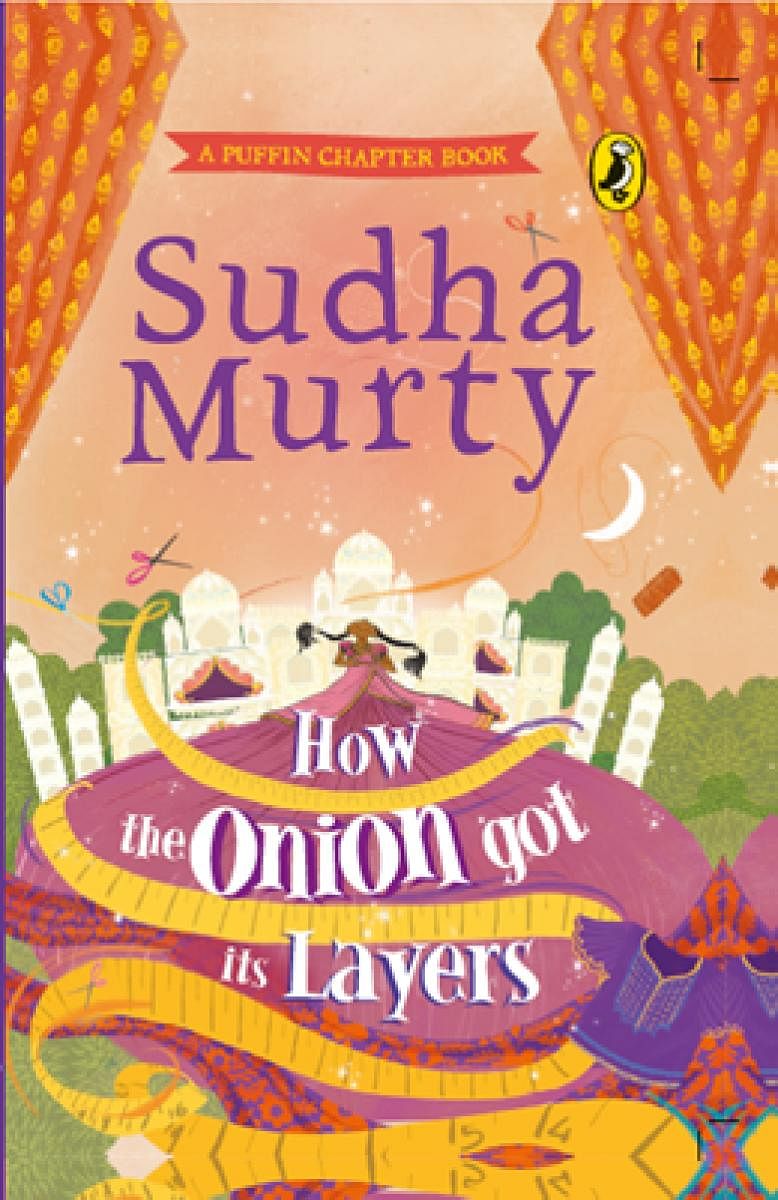
In this season of staying indoors and cooking up more of a storm than usual, we are prone to hearing some questions more often than others — how did the lady’s finger get its name? Why do pumpkins have so many seeds? Why are coconuts so hard to break? Much-loved storyteller Sudha Murty attempts to answer one such question in her latest offering — How the Onion got its Layers.
Available in both e-book and audiobook formats, this publication comes at an apt time, particularly for younger readers at home. Ms Murty hopes her latest release will give readers some hope and happiness during this lockdown. “I am hopeful that reading it might take them to a world of love and fantasy and bring joy to their little hearts,” she explains.
In this short chapter book, the author weaves a tale of fantasy that begins in a land far, far away and ends in your kitchen. The story delves into the reason onions have so many layers and why chopping them might make people cry.
With a premise unique enough to capture continued interest, the story stays relevant due to its characterisation and themes.
While it does not dwell on or explain any learning explicitly, several elements in the story highlight the beauty that can often be found in simplicity.
In this way and others, the book is quite reminiscent of other Sudha Murty fiction classics that tell culturally rich and historically-rooted tales. The story contains classic Indian folklore themes (including elements of nature, prayer and royalty) that bring with them a sense of familiarity.
Despite having several chapters, the book is quite short, making it a good pick for a bedtime story. The narrative and language make for an easy read. This is especially helped along by the fantastical and bright illustrations by artist Priyanka Pachpande. The drawings add a magical feel to the book, while tying it together using traditional prints and designs. The artist’s rendering of nature and greenery is refreshing and vibrant. The illustration of the clothes and jewellery in the book is particularly noteworthy — it does an excellent job of emphasising the old-world, Indian charm of the story and its characters. The attire includes the classic Indian silk skirt-and-blouse, sarees and intricate gold jewellery. Interestingly, one can spot many regional tie-and-dye and block prints, including Bandhani.
As is the case with many of Sudha Murty’s books for young readers, this latest release blends the ordinary and the mystical, as well as the historical and the familiar in a fascinating manner. So, whether you are seeking an answer to the question yourself, hoping to test another’s theory against your own or looking to bring some wonder into your little one’s day, this book is a fantastic place to start!